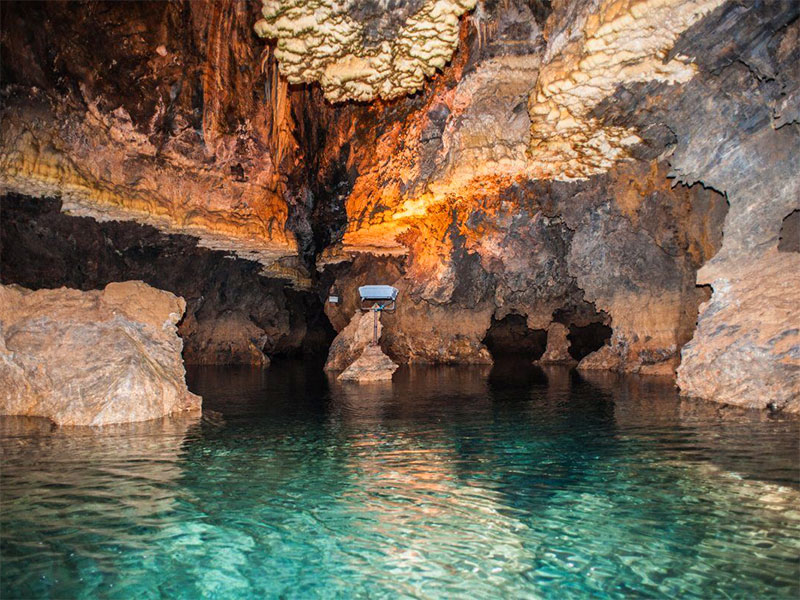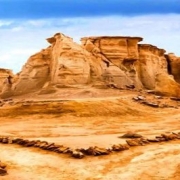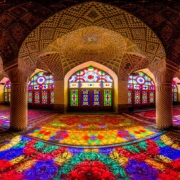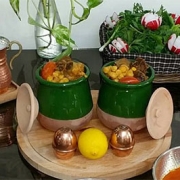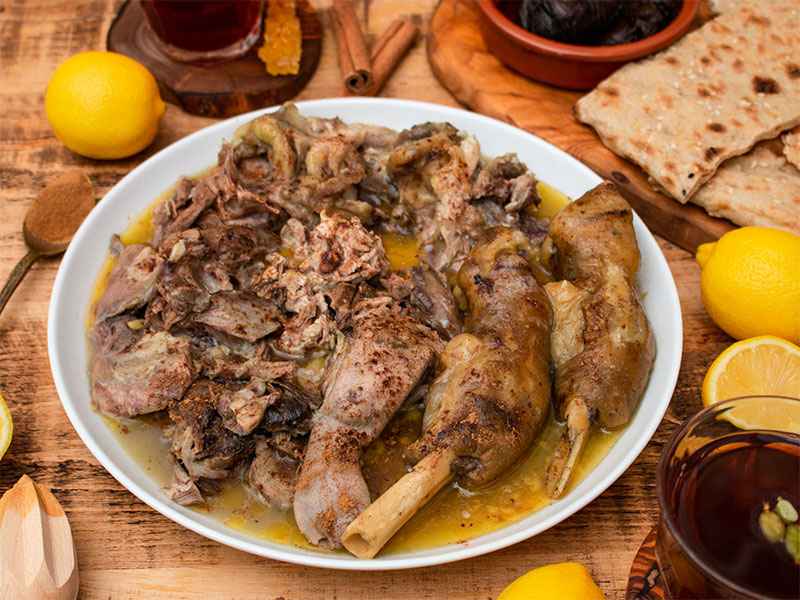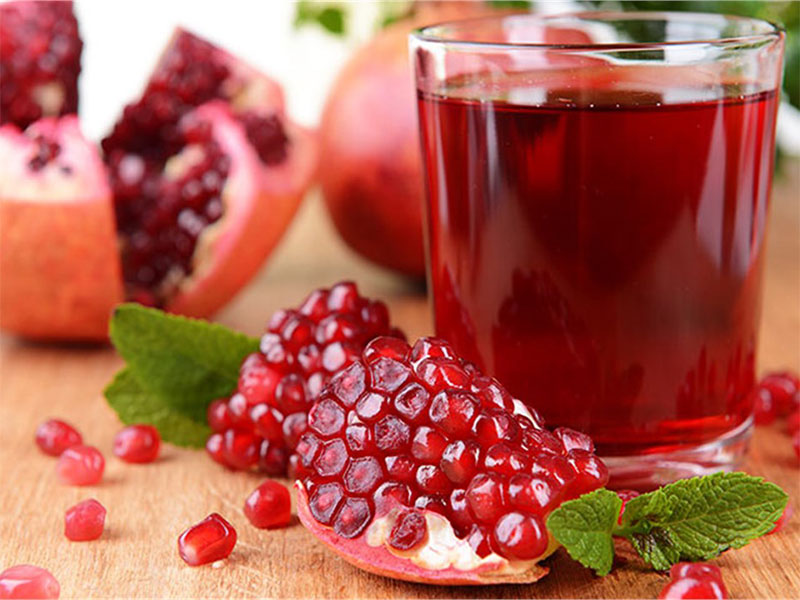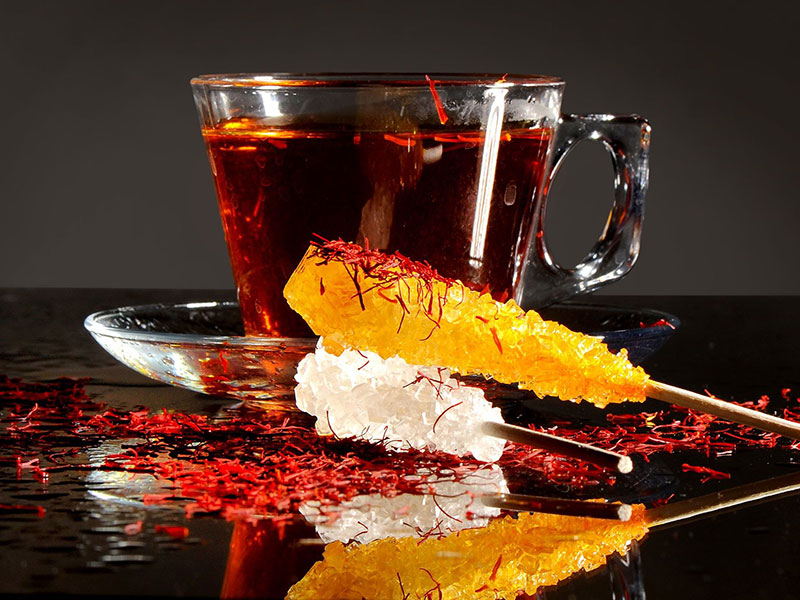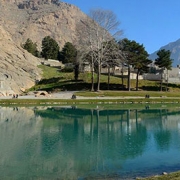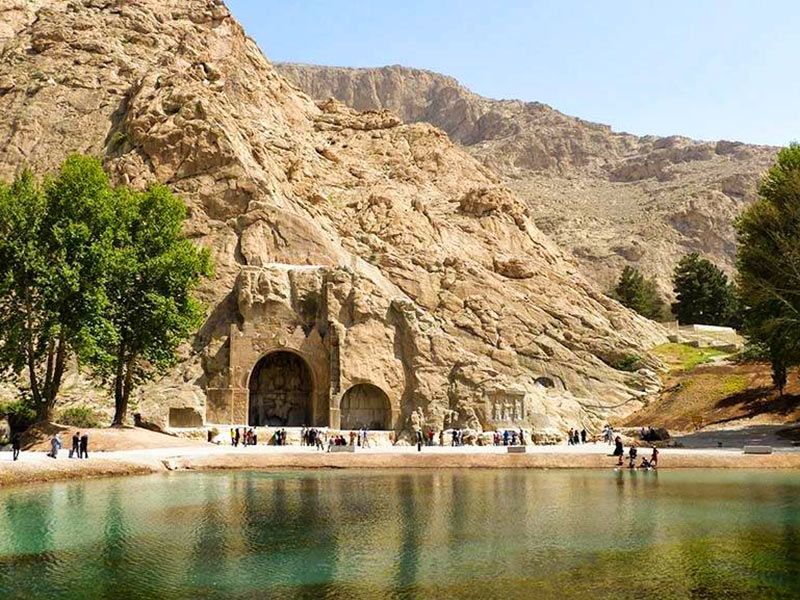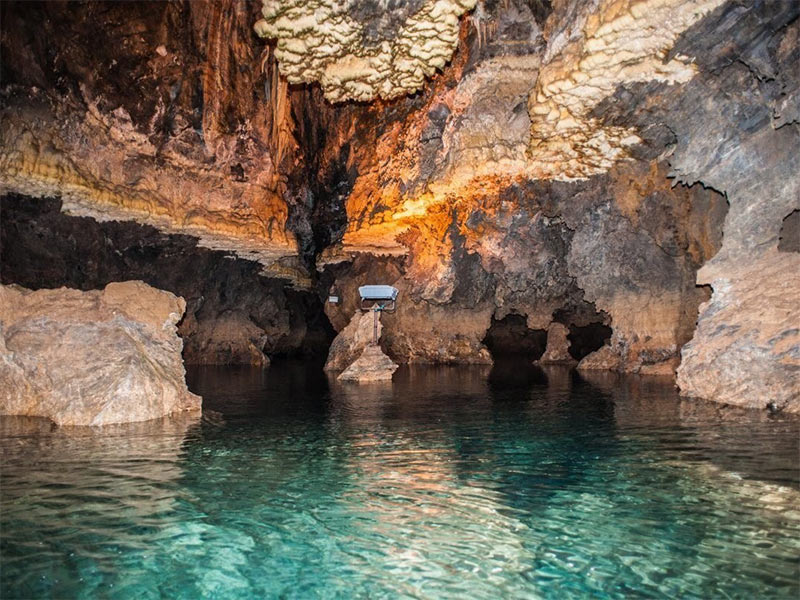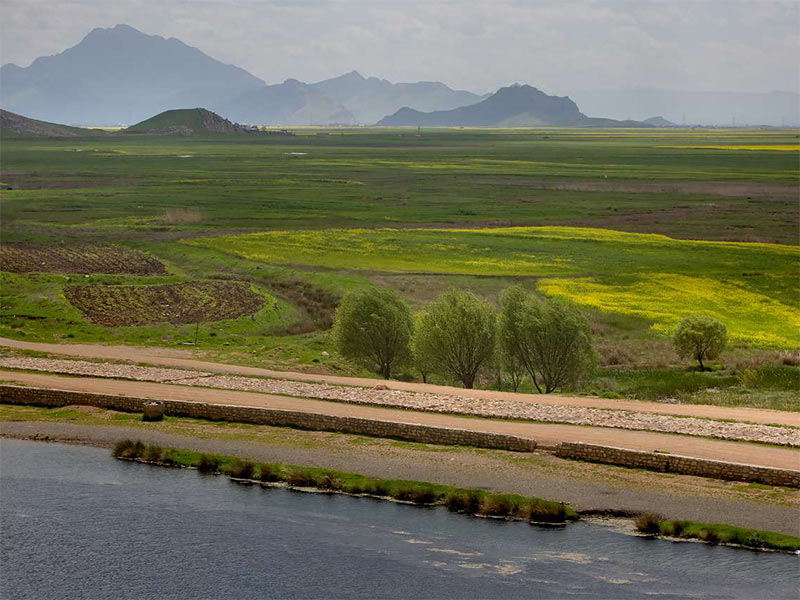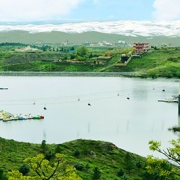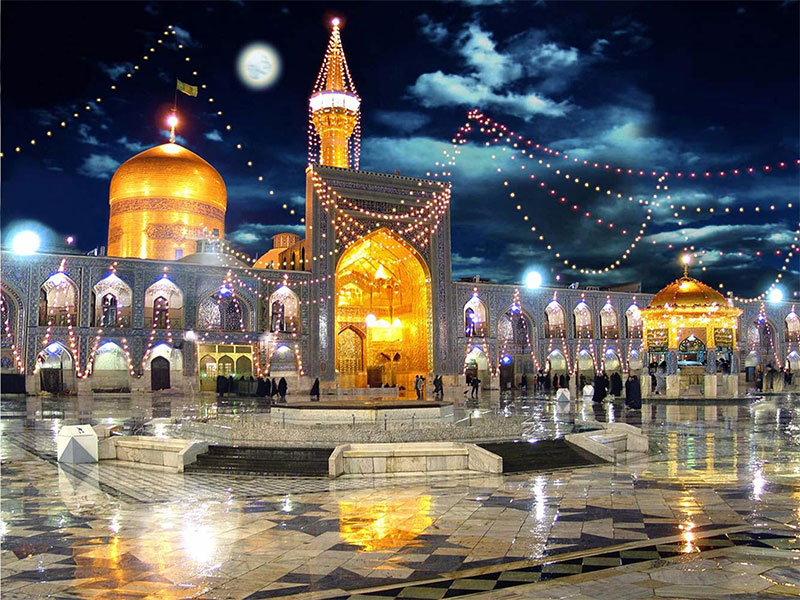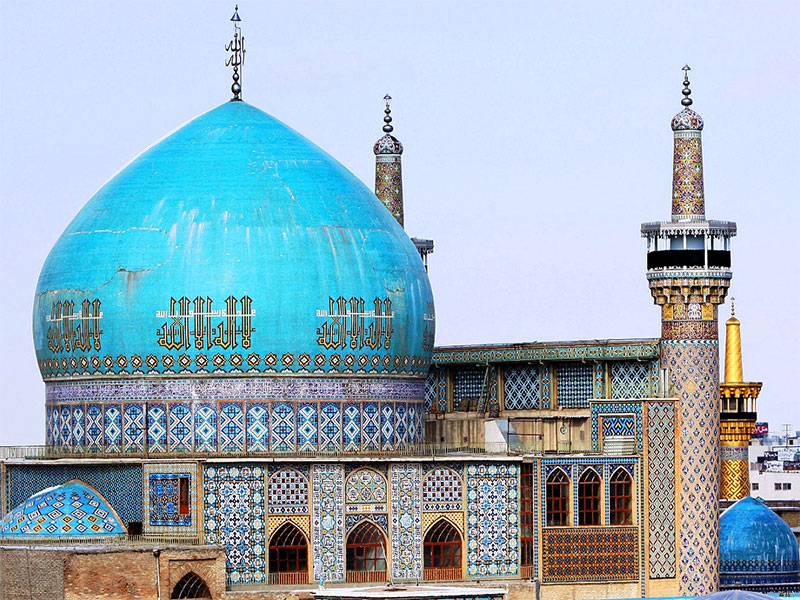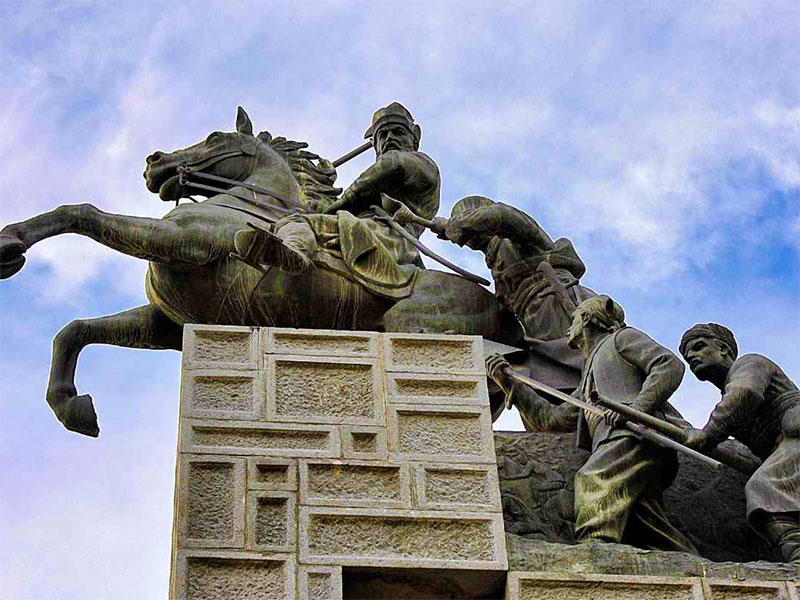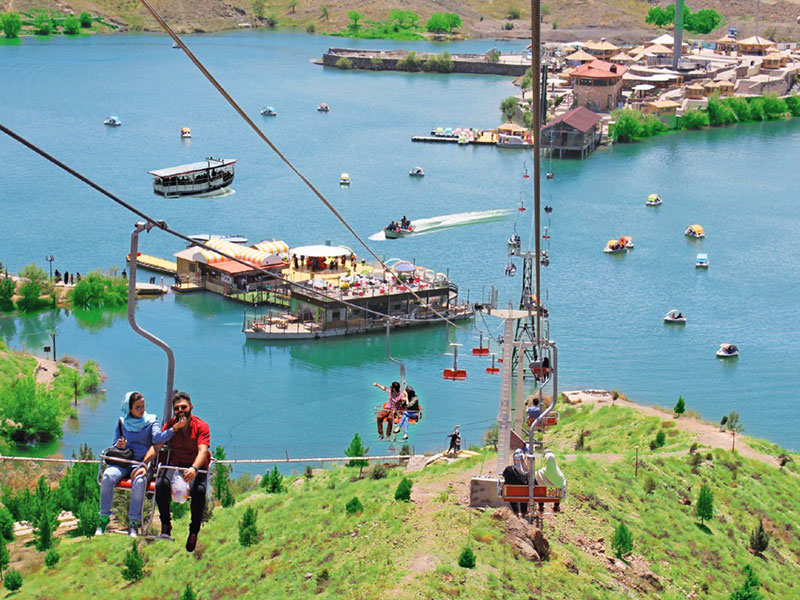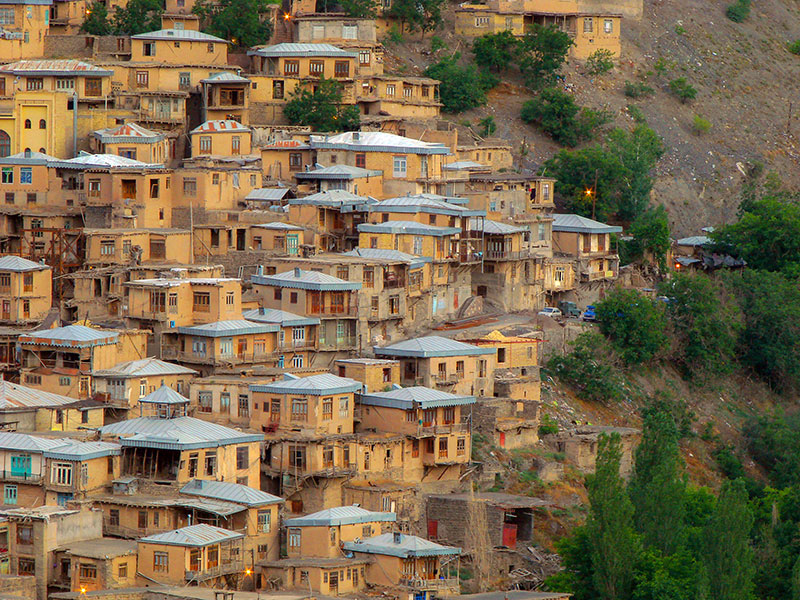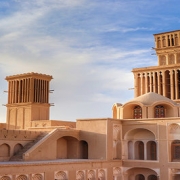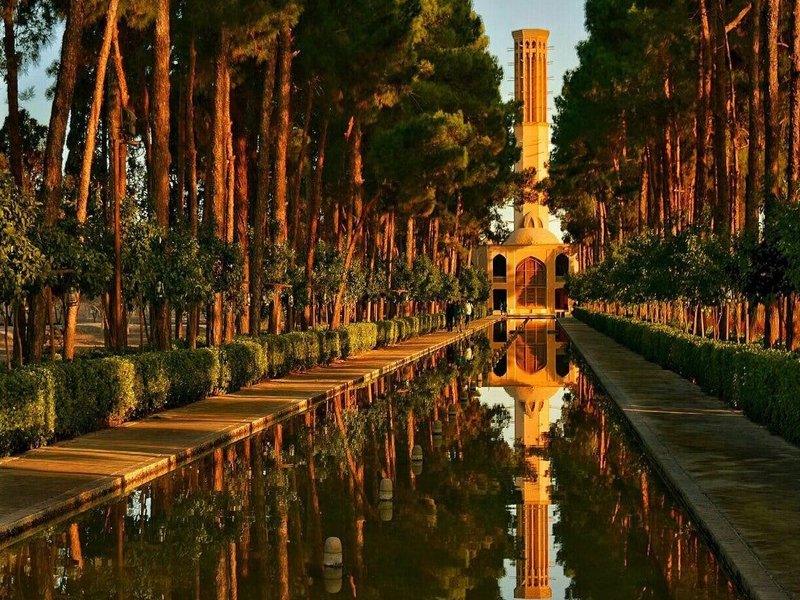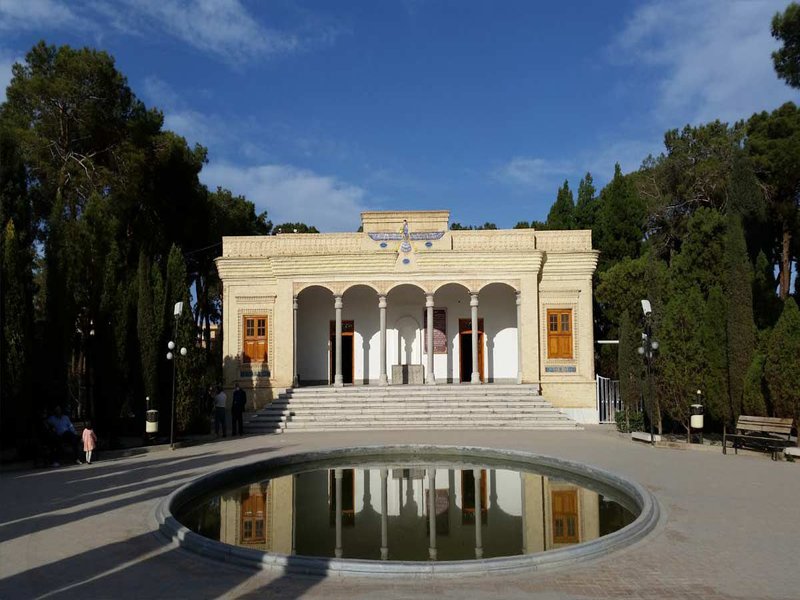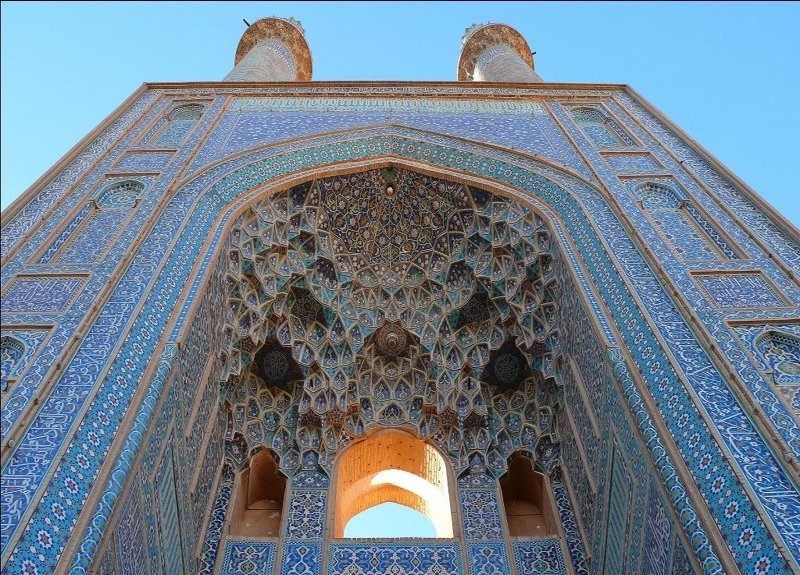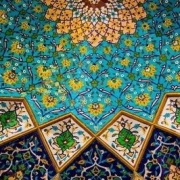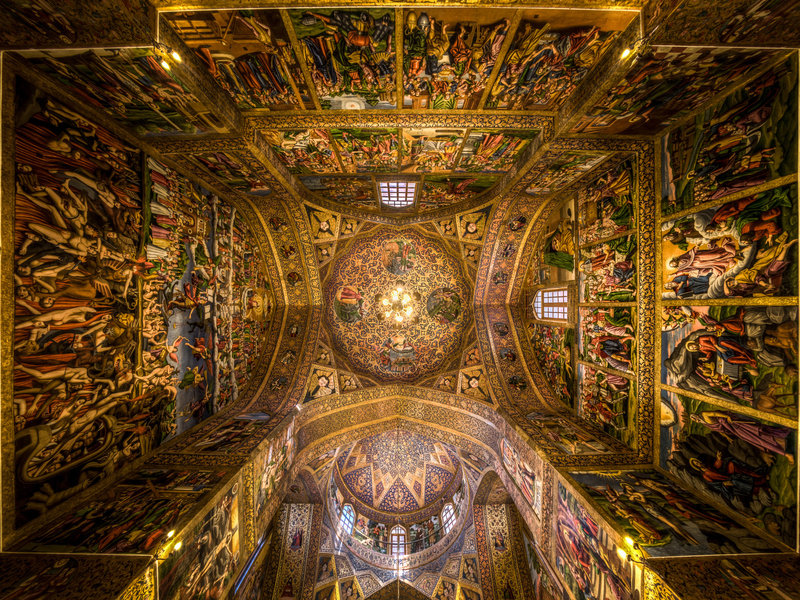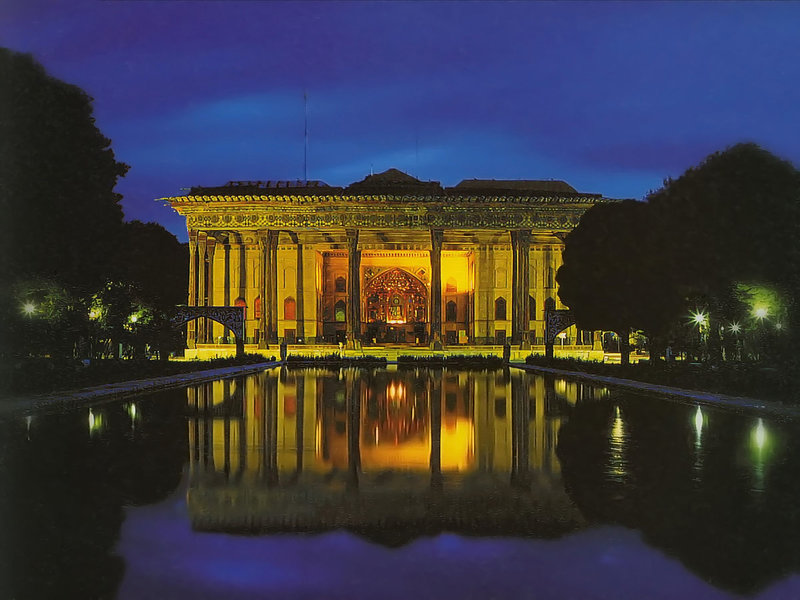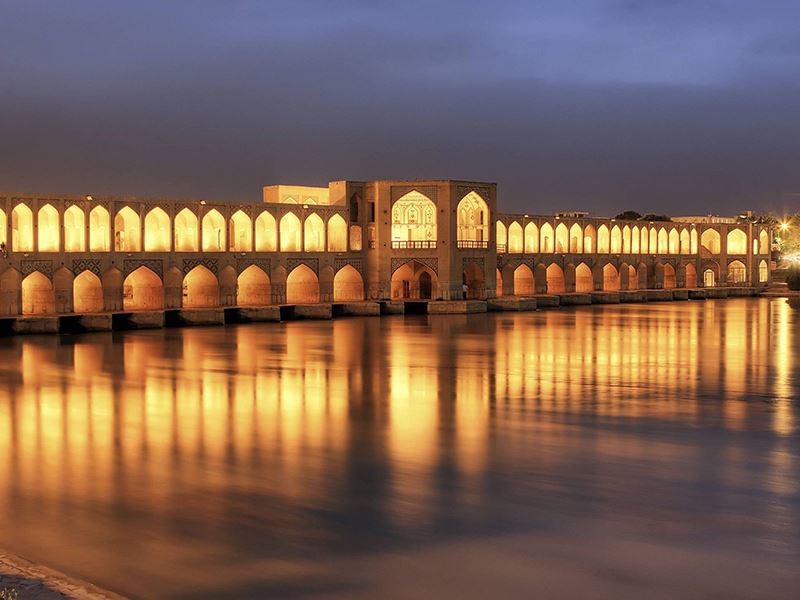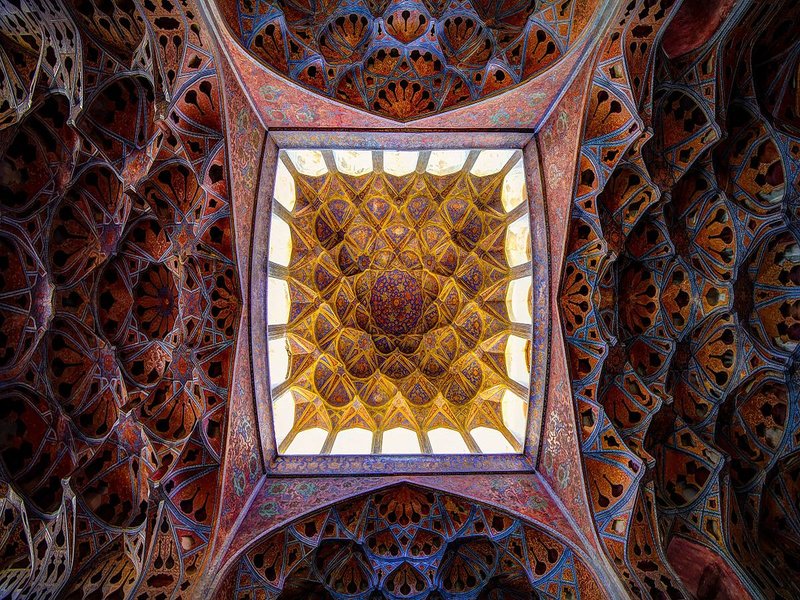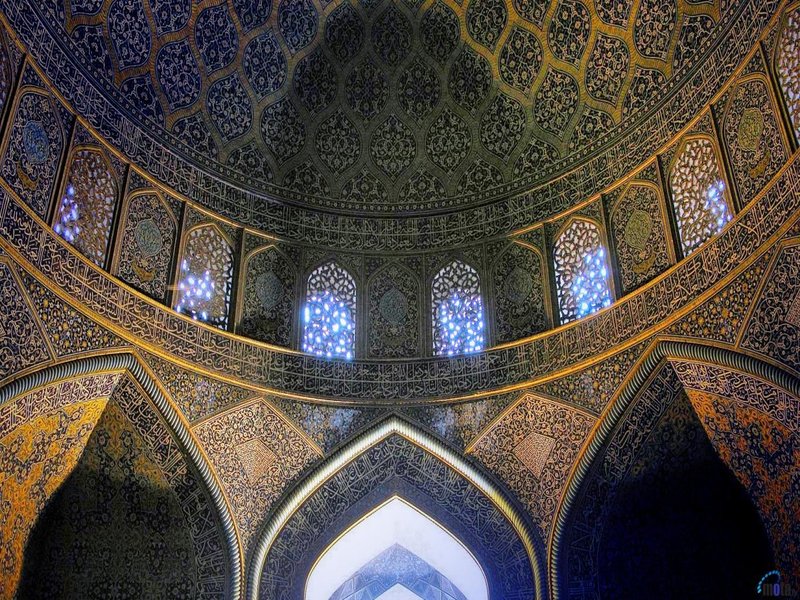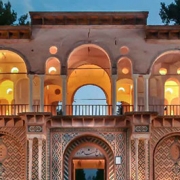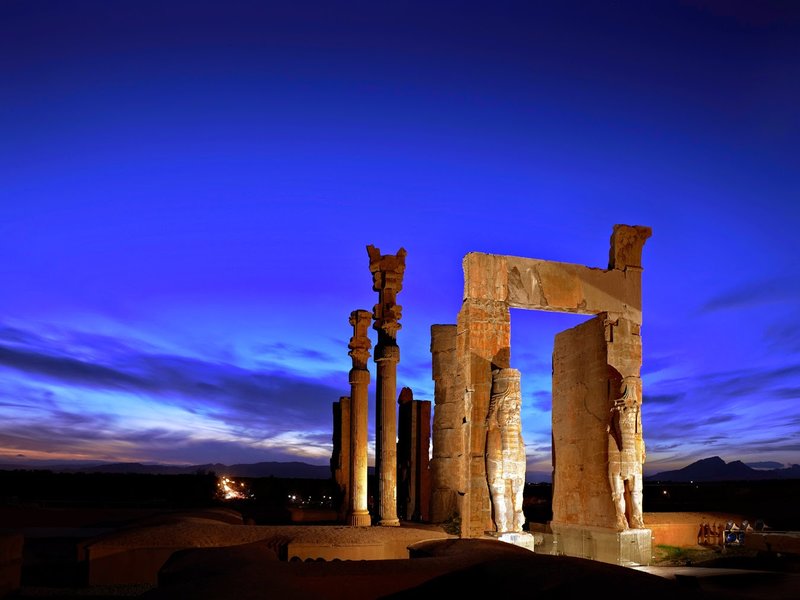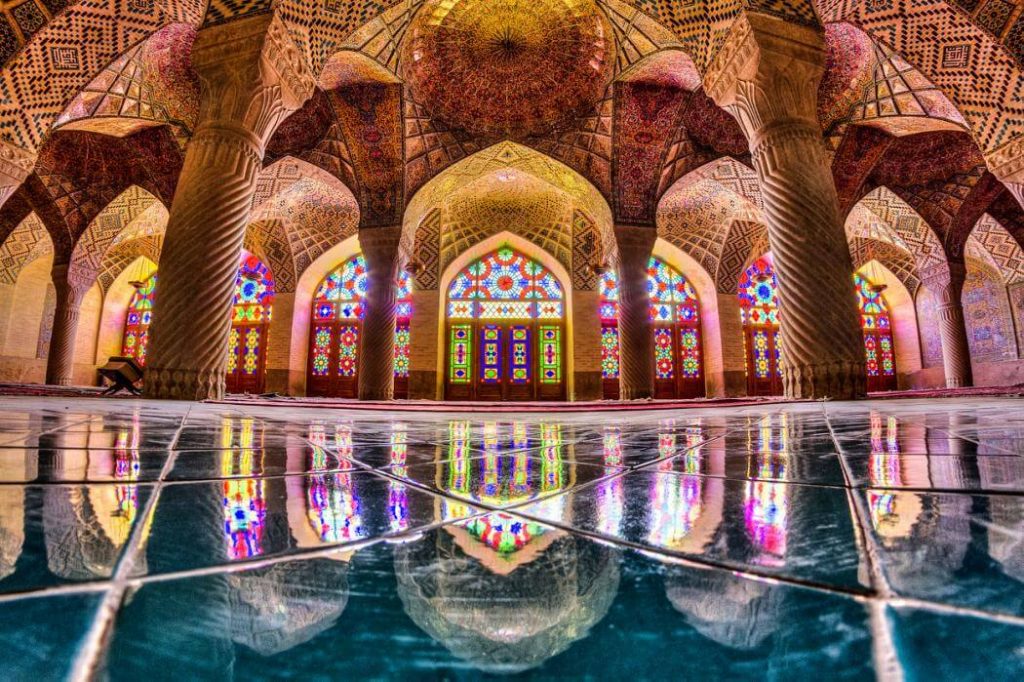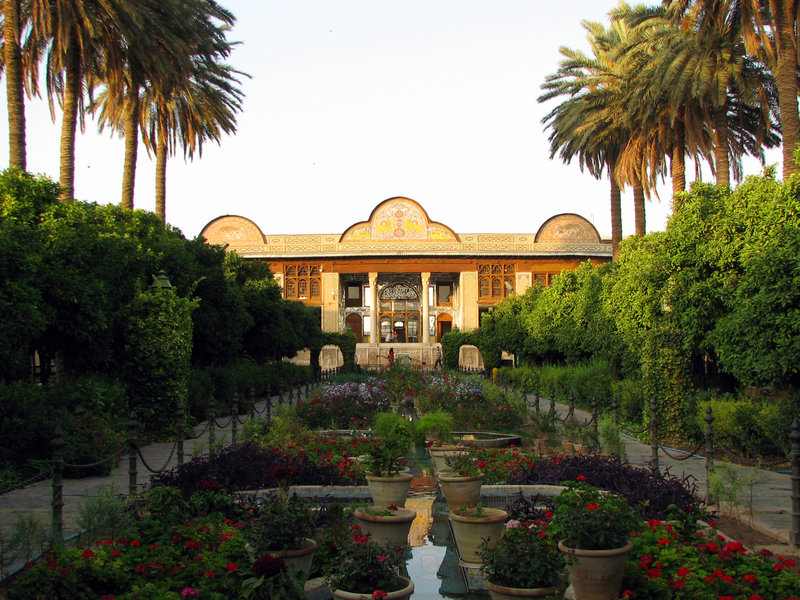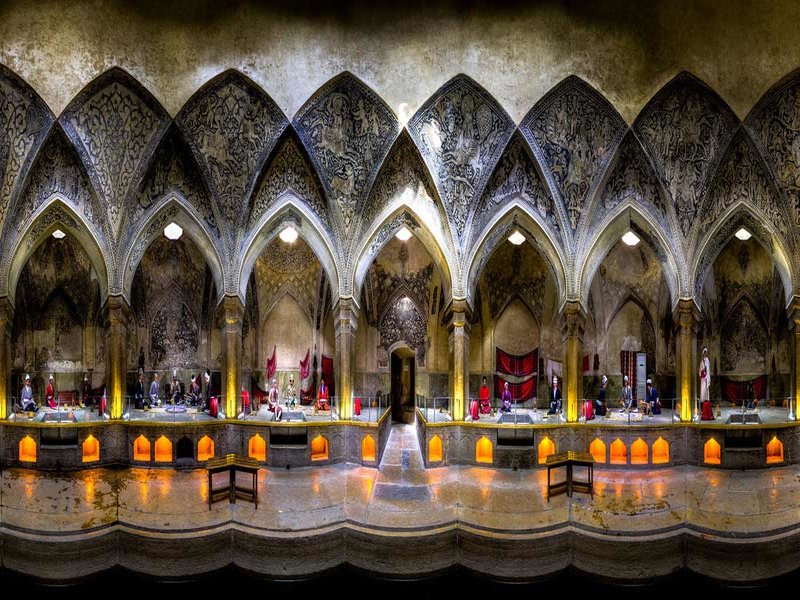Things to do in Hamedan (opening hours, photos, & more)
History, poetry, knowledge, and art, they all could be found in the old city of Hamedan. Hamadan is a small province, with enormous history, owning one of the largest water cave in the world. It’s a great opportunity for learning more about Iran and its history and culture, so, his city must be included in your list while traveling to Iran. Meeting hospitable and kind locals, watching them bake special sweets, traditional meals, and handicrafts like leather, ceramics, and carpets which are reasons for the fame that Hamadan has received over the years, is a delight. Visit the city of Baba Tahir’s childhood and Avicenna’s burial place, to see part of Iran’s glory.
Ali Sadr Cave
There are no caves that could be compared to Ali Sadr Cave in Hamadan. This is the best tourist spot in the city. The large natural cave, dates back to the Jurassic era, around 150 million years ago. When you look at the entrance of the cave from outside, it is impossible to think that such a massive underground lake could be there, due to the surroundings of the cave which are as dry as the rest of the Hamadan region. In order to enter the cave, you will need to wait in lines at the boat station. A beautiful park is prepared for visitors to have a more pleasant time waiting outside. You will be guided into a chain of boats in which you will ride your way deep into the cave. After wearing the safety jacket and finding your seat, your trip to the Ali Sadr Cave will be officially started. As you enter the cave, you will be welcomed by a cold breeze. Usually inside the cave is colder than outside of it, even in hot summers. So make sure to bring warm clothes with you. The boat ride usually takes 2 hours. Meanwhile, you can enjoy the beauty of the cave; the million years old stalactites and stalagmites, fresh air and clean water. The colorful lightings at the corners add up to the cave’s beauty and make so many amazing photo opportunities. After leaving the boat you may walk up a few stairs to get a closer look at the walls and other natural formations of the cave, so make sure to wear sports shoes. There are no shops in the cave obviously, so it’s better to have water and snacks with yourself. There are a few shops back around the cave. Also a few restaurants and many other Iranian shops, such as a bazaar with lots of pots lying around. Walking in the cave besides pedaling boats makes the few kilometers underground journey, an experience to remember. The visit is well-organized and the guides will share all their information with you to make you always remember this wonderful cave.
Ali Sadr Cave is located outside the city. So you need to take Hamadan Road and drive along to get to the Lalejin city and then take Bijar Road to finally reach Ali Sadr Cave.
Opening hours: 9 am – 5 pm
Tomb of Avicenna
Avicenna, the great Persian scientist, and philosopher who had laid the foundation stones for modern medicine is buried in Hamadan. The first thing that would probably catch your eyes is the architecture of the tomb. The tomb is located in Bu Ali Sina in the city center. On the first floor beside the mausoleum of Avicenna, there is also a small museum beneath the statue which includes collections of ancient medical equipment that were used before by Avicenna. There are also old handwritten books along with his famous book “The Canon of Medicine” which you can take a close look at it. His achievements and a part of his library are also accessible for visitors to see and learn more about him. As you exit the museum you need to climb the stairs, on top of the museum, in order to get a closer view of the monument which is surrounded by a lovely garden and a fountain.
For getting to the Tomb of Avicenna take a taxi or drive to Bu Ali Sina square.
Opening hours: 8:30 am – 8:30 pm

Avicenna, the great Persian scientist, and philosopher who had laid the foundation stones for modern medicine is buried in Hamadan.
Tomb of Baba Tahir
If you’re fond of Persian literature and architecture, then you might like to visit Baba Tahir’s Tomb as well. Baba Tahir was an Iranian poet who is still well-known for its romantic poems. A legendary poet whose Iranian adore his poems. The tomb has a unique design which its nice calligraphy and complex tile works with the famous poems on the walls, makes it a meaningful place. The interior of the tomb is splendid just like Baba Tahir was. If you compare his tomb with himself, they have a lot in common; simple appearance but beautiful spiritually.
In the evenings there are usually poetry reading and music playing in the tomb. On special occasions, groups of people gather around the tomb and sing out loud and play traditional instruments. Local poets and artists will also appear in the lovely garden and they would read some of Baba Tahir’s poets or their own poets, so you can enjoy listening to them while enjoying the calm and friendly atmosphere by also observing artistic elements of Persian architecture and art. Around the garden, there are many places to have meals or snacks. You can also buy some nice souvenirs from the handicraft and workshops around or a little symbol of Hamadan to keep in your memory.
Opening hours: 9 am – 6 pm
Are you planning to travel to Iran? Check out our Iran tours.


